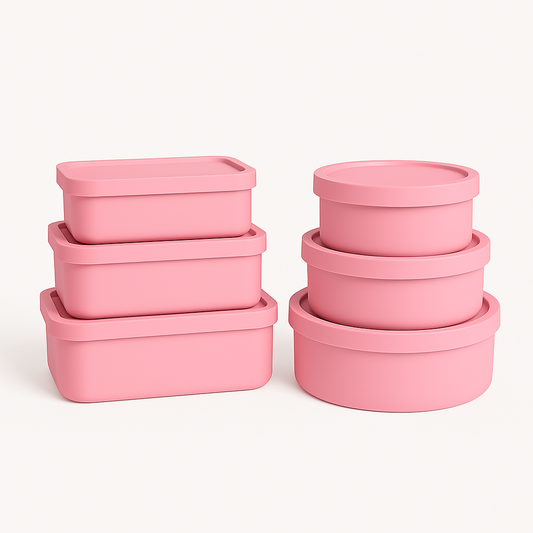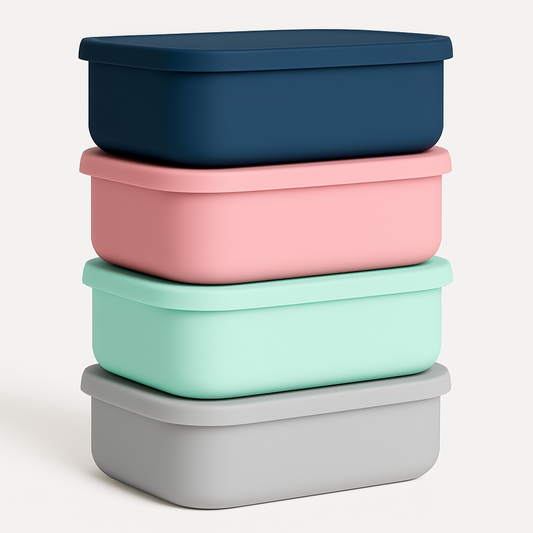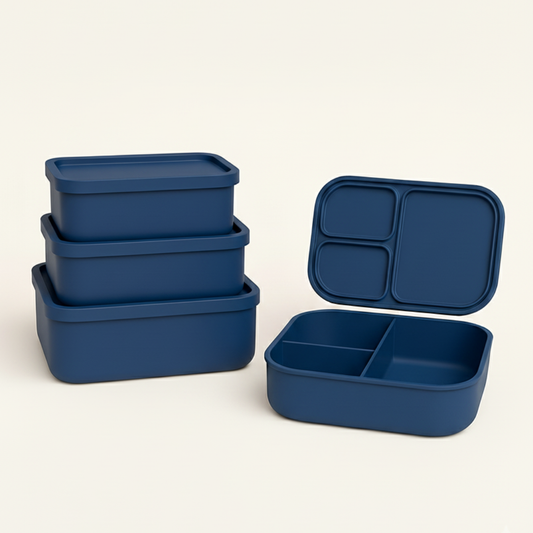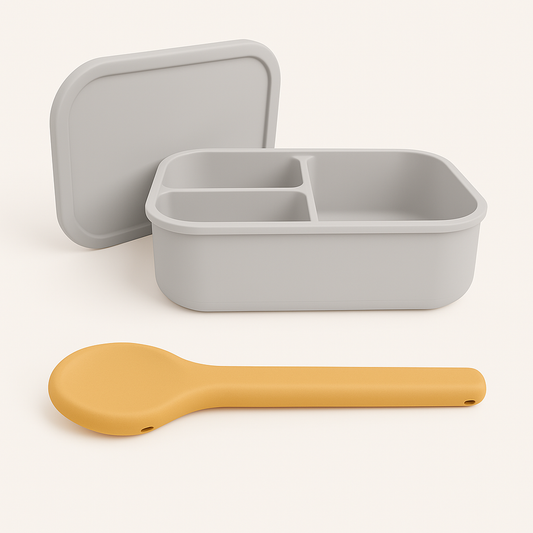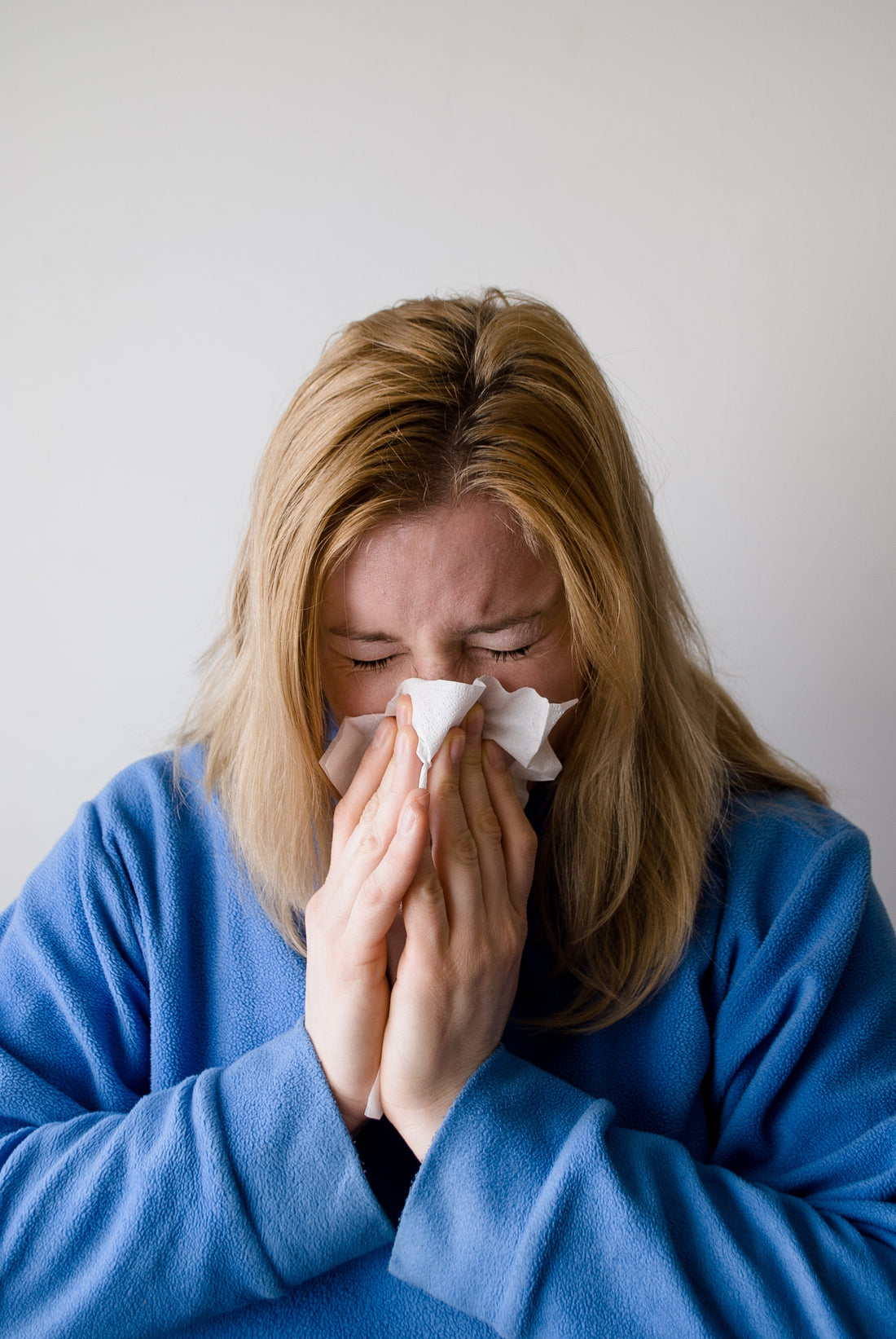
Seasonal Allergies: Navigating the Fall Allergy Season
Fall is a beloved season for many, with its cool temperatures, colorful foliage, and pumpkin-spiced everything. However, for those who suffer from seasonal allergies, the beauty of fall can be overshadowed by sneezing, itching, and congestion. While spring is often associated with allergies, fall has its own set of allergens that can trigger discomfort. In this blog post, we'll delve into common fall allergies and provide practical tips for managing and preventing them, so you can fully enjoy this picturesque season.
Common Fall Allergies:
- Ragweed Pollen: Ragweed is perhaps the most notorious fall allergen. Ragweed plants release copious amounts of pollen into the air, leading to symptoms like sneezing, runny or stuffy noses, itchy eyes, and even coughing.
- Mold Spores: Fall's damp and decaying leaves create an ideal breeding ground for mold. Mold spores become airborne and can cause allergic reactions, including nasal congestion, wheezing, and skin rashes.
- Dust Mites: Dust mites are present year-round but can become problematic in the fall as people spend more time indoors. Allergic reactions to dust mites may manifest as sneezing, itching, and respiratory issues.
- Pollen from Trees and Grass: While ragweed is a major player, other trees and grasses can also release pollen in the fall, contributing to allergic symptoms.
Tips for Managing and Preventing Fall Allergies:
- Monitor Pollen Levels: Keep an eye on local pollen counts, which are often reported in weather forecasts. Limit outdoor activities on high-pollen days, particularly during the morning and early evening when pollen levels tend to be highest.
- Maintain Clean Indoor Spaces: Regularly clean your home, including vacuuming with a HEPA filter, washing bedding in hot water, and reducing clutter where dust can accumulate. Mold can also thrive in damp areas, so be vigilant about keeping bathrooms and basements dry.
- Use Air Purifiers: Consider using high-efficiency particulate air (HEPA) filters in your home's HVAC system or standalone air purifiers in bedrooms and common areas to trap airborne allergens.
- Keep Windows Closed: On days with high pollen counts, keep windows and doors closed to prevent outdoor allergens from infiltrating your home.
- Change Clothes and Shower: After spending time outdoors, change your clothes and shower to remove any pollen that may have collected on your body and hair.
- Allergy Medications: Over-the-counter antihistamines, decongestants, and nasal corticosteroids can provide relief from allergy symptoms. Consult with a healthcare professional before starting any new medication.
- Consider Allergy Shots (Immunotherapy): For severe allergies that don't respond well to other treatments, allergen immunotherapy (allergy shots) can be a long-term solution. Discuss this option with an allergist.
- Natural Remedies: Some people find relief from fall allergies through natural remedies like saline nasal rinses, honey, and herbal supplements. Consult a healthcare provider before trying these methods.
Fall allergies may put a damper on the season's festivities, but with proper management and prevention strategies, you can still enjoy the beauty and charm that autumn brings. By staying informed, maintaining a clean indoor environment, and considering medical intervention when necessary, you can make this fall season a more pleasant and allergy-free experience. Embrace the crisp air and vibrant foliage with confidence, knowing that you have the tools to manage and prevent seasonal allergies.


